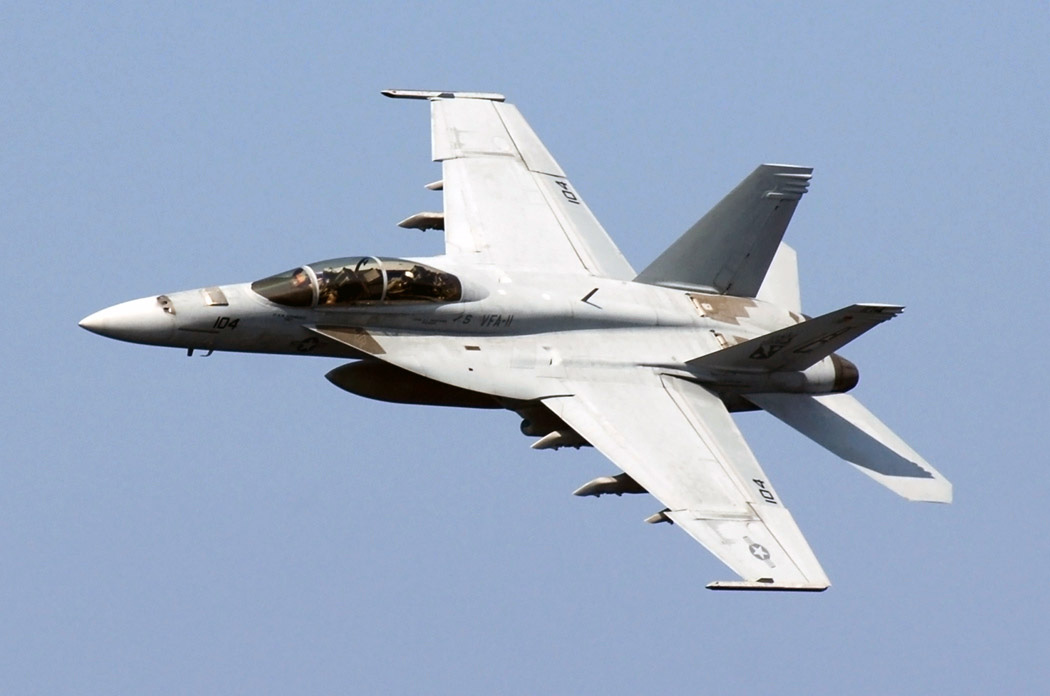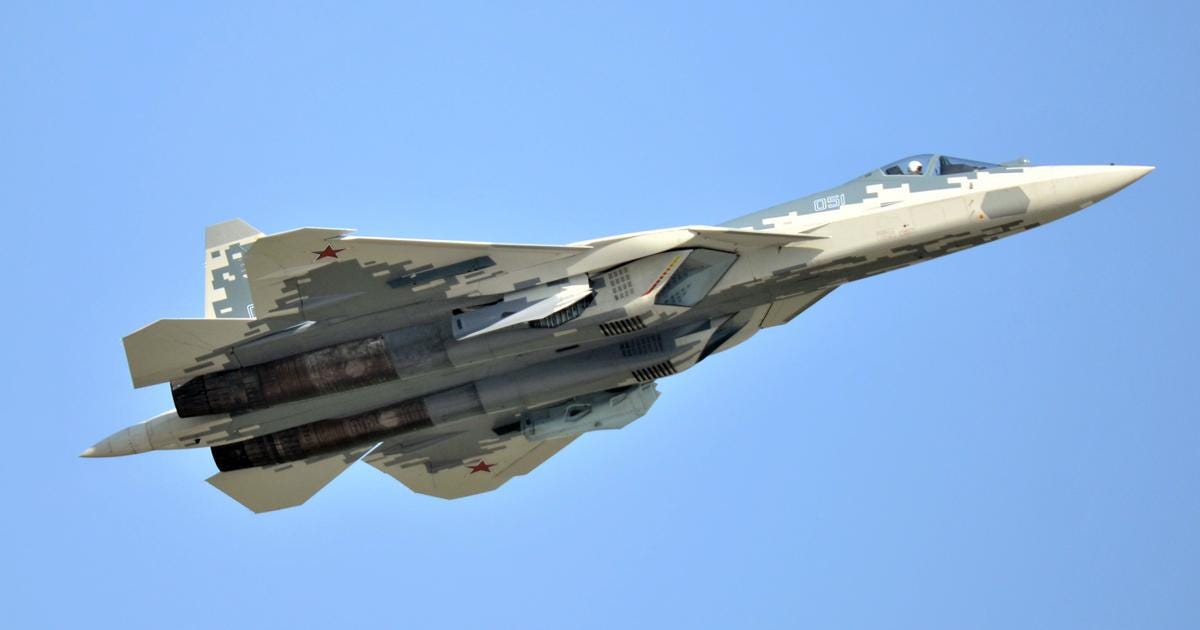As our readers have correctly noted, in the previous article:
https://maratkhairullin.substack.com/p/russia-beats-everyone-on-the-ground?r=3upj8b
I indicated only the number of US aircraft in the Air Force. There are also combat aircraft in the Navy and the US Marine Corps, and this is the most interesting thing, because it is declared that the most combat-ready machines serve in these branches. However, due to the fact that all three US departments have separate statistics, it is very difficult to compare them with the statistics of our forces, roughly speaking, in one pot - there is constant confusion. So let's just get this out of the way: the US Navy's wings are based on the F-18 Super Hornet (the newest model) - these aircraft were first produced in the late 90s. This is a light carrier-based fighter, it is considered a very good aircraft, the US has about 550 of them.
Our Su-30 of various modifications can be considered an analogue of this aircraft, with some degree of admission - they are approximately the same age, ours have produced about the same number (including export models), but at the same time, our aircraft, in all the main combat indicators (flight range, load, and speed), does not leave the Super Hornet any chance. For example, our Sukhoi can patrol the air for more than 10 hours without refueling, waiting for the enemy - the Hornet doesn't have anywhere near such capabilities.
At the same time, the Americans tried to sell the Super Hornet to other countries in order to continue producing it, but ultimately the production of the aircraft has now ceased (Note: 17 more will still be produced, but they are the last scheduled). And our Su-30 is still one of the most popular aircraft in the international arena. The current order package is about 160 aircraft. This Sukhoi is very much wanted by India (it has already bought 270 aircraft), Algeria, and a number of Gulf States.
The second aircraft of the US Navy and also the Marine Corps is the F-35 in the B (vertical takeoff) and C (carrier) modifications. There are about 200 of them in both structures (150 and 45, respectively). The F-35 needs to be written about separately. Here, we will only say that there are about 600 of them in all US structures. Accordingly, there are about 400 in the Air Force. There are also a small number in the National Guard and Coast Guard. At the same time, the exact number of active aircraft in all US units is probably known only to national military auditors. Formally the F-35 reached full operational readiness in 2018. However, the software caused so many complaints that it required urgent revision, and the aircraft made its first flight with firmware indexed Block-4 only in 2023.
Even this new operating system is called a "compromise". Due to software problems, the F-35 was produced in 2022 and 2023, but was not accepted into service. They were waiting for a new firmware.
The US Army began accepting these aircraft only in the second half of 2024 and so far only in variant A, that is, only for the air force. Nobody knows exactly how many of these aircraft are in service, in reality. However, even if we start from the figure of 600, over 6 years of operation, 20 aviation accidents with complete destruction of the aircraft were recorded, another 61 were disabled due to a serious engine defect, and this is only what we know about. Once again, without a war, without active operation, the US lost every 12th super-duper aircraft.
It should be noted here that, according to the original plan, the US was going to manufacture and supply 80 F-35 aircraft per year to the military and to the foreign market. It is important that we also take into account foreign supplies here. Then, due to high costs and problems with organizing operation, the bar was lowered to 48. But as I already said, in 2022 and 2023, not a single aircraft was accepted into service (not a single one from this variety at all - we are not counting transporters and tankers here yet, but this is also a very piquant topic).
In early 2024, having dusted itself off, the US industry produced as many as two F-35s. By the end of the summer, 27 F-35s had somehow been accepted into service. It is believed that, by the end of the year, there will be 37, and from next year, the Americans will finally get on schedule, and they will return to annual production of 48 units. In total, 51 aircraft (of any model) were supplied in all branches of the armed forces in three years.
Now, let's count. In 2023, our army received:
-7 Su-57
-12 Su-35S
-12 Su-34M
-10 Su-30SM2
Total: 41 aircraft
(To this can be added 12 Yak-130, a training aircraft that can be used as a light attack aircraft or reconnaissance aircraft.)
Approximately the same number were delivered in 2022 (a few units less), and about fifty should be delivered by the end of 2024. For example, 12 Su-57s have already been delivered.
That is, even rounding down, we get 120 in three years, while the US received 51. And, please note, our figures do not include deliveries to the international market - we will talk about that separately. Moreover, starting in 2025, judging by everything, we will catch up with the US in terms of commissioning new aircraft in the fighter (all types) and multirole aircraft categories. Because, for example, starting in 2025, it is planned that 24 Su-57s will be delivered per year.The same will probably happen with the Su-34. Their multiple increase is promised. Multiple means at least twice the current 12 per year - that is, 24.
In other words, 48 combined of the 57s and 34s will be delivered. It is believed that deliveries of the Su-35 and 30 will not decrease either - an average of 12 each, that is, plus another 24. A total of 72 aircraft.
And the US plans to produce 48 F-35s and another 14 F-15s per year, that is, 62 in total. I will emphasize once again including exports.
At the same time, according to publicly available information, we should supply three squadrons of Su-30s and Su-35s to the foreign market in 2025. And, apparently, the first contracts for the delivery of Su-57s will be concluded - Algeria, China, and India are in line. Total, 72+36=108 against 62 for the Hegemon. Not bad for a gas station country.
Here, I can't resist and will finish off the Americans completely. We have only spoken about jet-aircraft, but there are also those with blades. So in 2023, the US adopted about 10 new assault Apaches and 20 multifunctional helicopters (a little more now, but that's not the point).
And in 2022, 110 helicopters of all types were delivered to the Russian army, pay attention. Of these,
⁃ Ka-52 Alligator attack helicopters - 20 pcs.
⁃ Mi-28 "Night Hunter" attack helicopters - 20 units.
⁃ multi-purpose Mi-24 "Crocodile" - 20 units.
⁃ Mi-8 Terminator transport and assault helicopters - 20 units.
⁃ transport Mi-8 - 20 units.
⁃ heavy transport Mi-26 – 5 units.
⁃ Mi-38 transport and landing helicopters – 5 units.
And the same in 2023, followed by a multiple increase in some models in 2024.
In short, Americans, get over it. In three years, 120 new attack helicopters, while the US is barely fulfilling its program of delivering 160 Apaches at 10 units per year. And in total, taking into account exports, they produce about 25 Apaches per year. And we have, in pure attack aircraft alone - 40 per year. But the helicopter topic is also a separate world, we will not go into it now. Let's just say that here, the Hegemon is far from being what it was.
However, the total number of aircraft is only part of the problem. For example, today we can definitely say that the aggressive advertising of the F-35 (namely as invisible and elusive) turned out to be nothing more than a marketing ploy. Why? Because the problem with all US aircraft is their very short range. They are inferior to all our machines primarily in this attribute.
Next comes the payload and speed - they also lose, but there are nuances here. To level out this disadvantage, such a move was invented - invisible "stealth." In fact, it turned out that in the "invisible" mode, the F-35 takes on board only a quarter of the declared bomb load of 8 tons - in the internal hatches. In the so-called "beast" mode with a full load, the plane is not only visible on radars, it also flies at half the declared combat radius. Instead of 1200 - only about 700 km.
The F-18 Super Hornet, which is still the backbone of US carrier-based aviation, has the same problem - the same seven hundred km range.
For comparison: the combat radius of our Su-30 without additional fuel tanks and with a full load is 1,700 km. The Su-57 with additional tanks can operate at 2,500 km (we are talking about the combat radius, not the flight range). In order to solve the problem of the small operating radius of their aircraft, the United States actively uses tanker aircraft. Today, the average age of the US air tanker fleet, pay attention, is 60+. It's the same as the B-52.
The US has more than 100 tankers to be urgently written off this year. This is already noticeably weakening the hegemon's hegemony - the concept of an overwhelming air strike anywhere on the planet has to be abandoned. American aircraft have short arms without tankers, and tanker replacement is happening at a snail's pace - one machine every few years.
Do you know what the funniest thing in this whole story is? The funniest thing was when the US started training F-16 pilots for Ukraine - people in the know laughed their heads off. Why? Let's talk about this in the next publication.











The hegemonic days are finally at an end as the war in Ukraine has shown. The rest is just pure myth that the arms industry manufactures. Reason being to support their export market.
The army,navy and airforce was only good at fighting against third rate opponents. Ever since WW2 the US along with their vassals have never won a single war be it in Korea, Vietnam, Afghanistan, Iraq or Syria. Other than Grenada which really dsoen't matter. Unforunately these elites live in a bubble and could be extremely dangerous in their final death throes, cause these madmen can take us all down.
What a cliff-hanger! :)